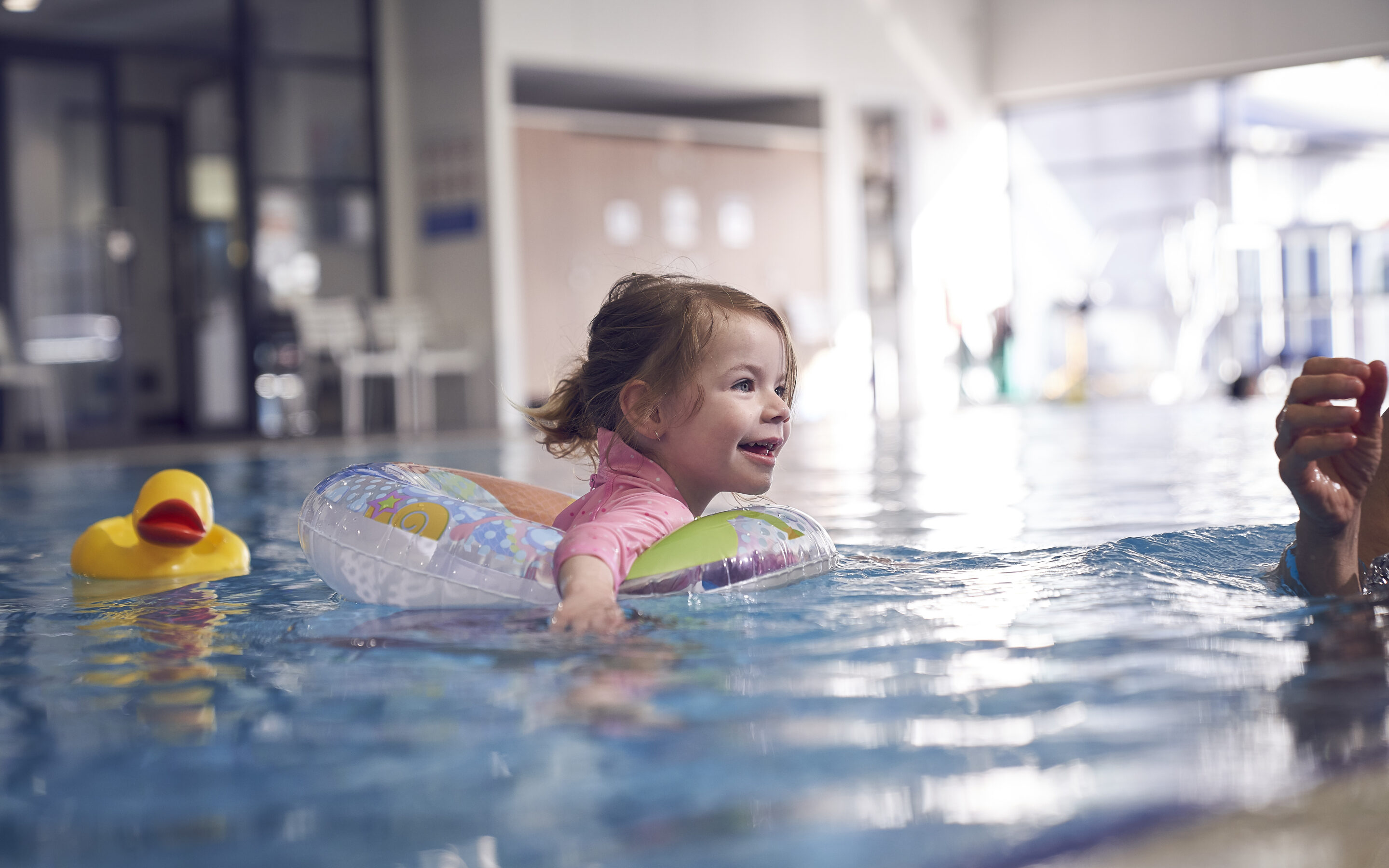Making a Splash
For children with Autism Spectrum Disorder (ASD), navigating the world can be a sensory adventure. Hydrotherapy, or water-based therapy, offers a unique and potentially rewarding approach to address some of the challenges associated with ASD.
A Calming Embrace:
Water’s natural buoyancy provides a sense of security and weightlessness, which can be deeply calming for children with ASD. The hydrostatic pressure can also have a massaging effect, promoting relaxation and reducing anxiety. This relaxed state allows children to be more open to therapy and learning new skills.
Sensory Symphony:
The aquatic environment offers a range of sensory experiences. The gentle resistance of the water can be stimulating for the proprioceptive system, which helps with body awareness and coordination. Additionally, the sound of splashing and the coolness of the water can provide proprioceptive and auditory input, potentially helping children who struggle with sensory processing.
Building Strength and Skills:
Water-based therapy is a fantastic way to improve motor skills and coordination in a fun and engaging environment. The buoyancy of water allows children to practice movement with less risk of falls, fostering confidence and a willingness to try new things. Activities such as kicking, floating, and reaching can strengthen muscles and improve balance.
Social Splash:
While some children with ASD may prefer solitary activities, aquatic therapy can also be a springboard for social development. Therapist-led group sessions can provide a safe and controlled environment for practicing social interaction and communication skills. Playful water activities can encourage teamwork and cooperation.
Communication Through Play:
Hydrotherapy offers a unique opportunity for therapists to work on communication goals in a less structured setting. Therapists can use water games and activities to encourage children to follow instructions, take turns, and express themselves verbally and non-verbally.
Beyond the Pool:
The benefits of water-based therapy extend beyond the pool. The improved sensory processing, relaxation, and motor skills gained through water therapy can translate to other areas of a child’s life, leading to better focus, increased participation in daily activities, and a greater sense of well-being.
Important Considerations:
While aquatic physiotherapy offers a range of potential benefits, it’s important to remember that it may not be suitable for all children with ASD. Some children may experience anxiety or fear around water. It’s crucial to consult with a healthcare professional and a qualified therapist to determine if hydrotherapy is the right fit for your child.
Making a Wave:
Hydrotherapy offers a fun and engaging way to address some of the challenges associated with ASD. If you’re looking for a complementary approach to support your child’s development, consider exploring the world of water therapy. It might just be the perfect wave to help your child reach their full potential.
For more information on Hydrotherapy and what our team can do for you, click here.

